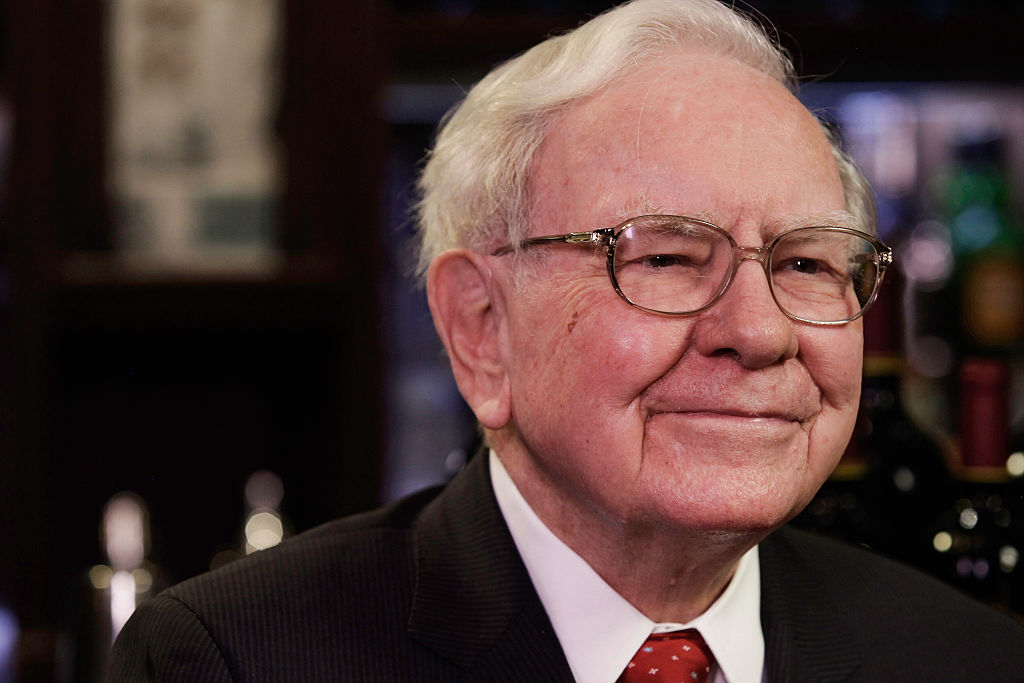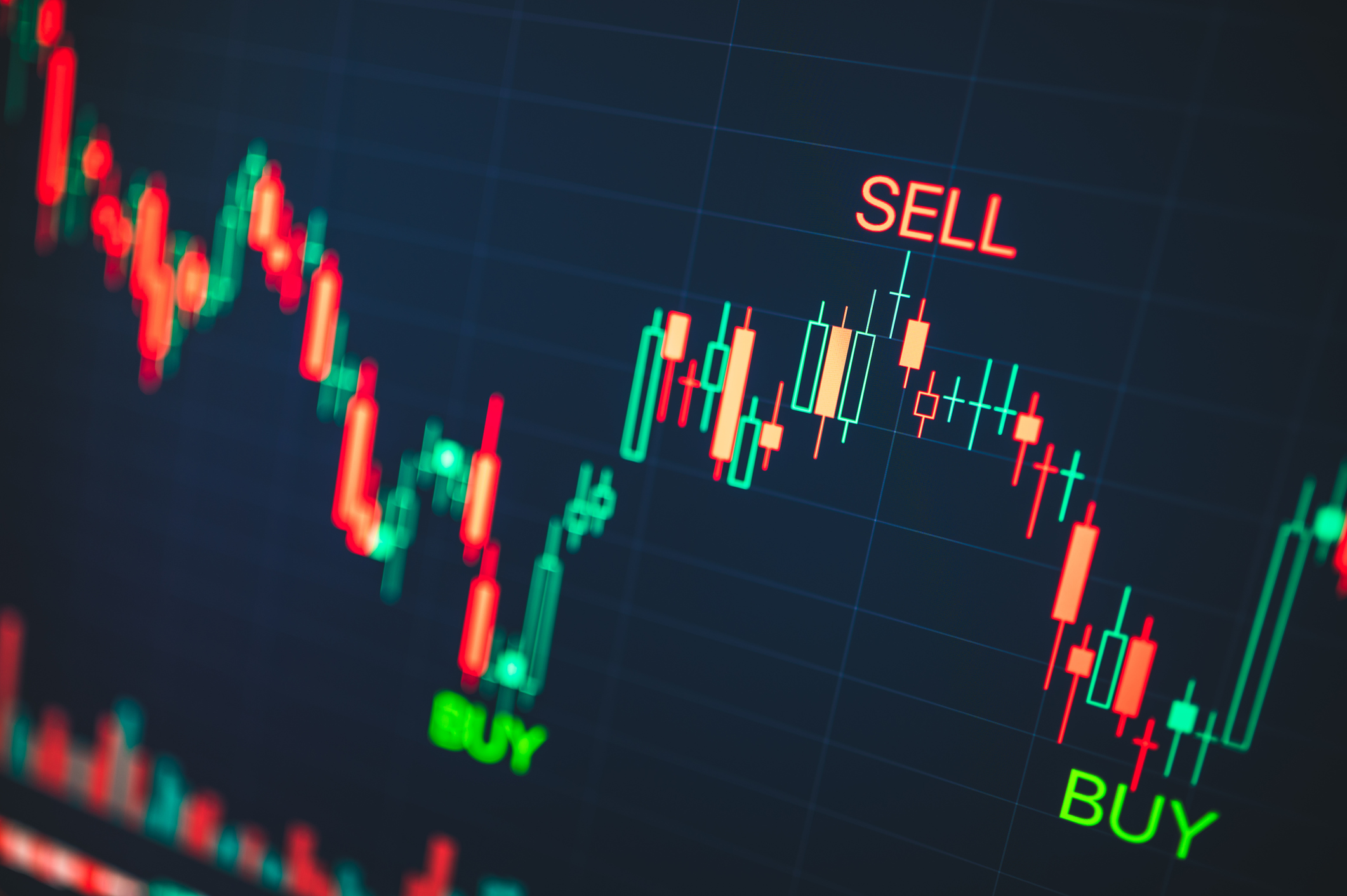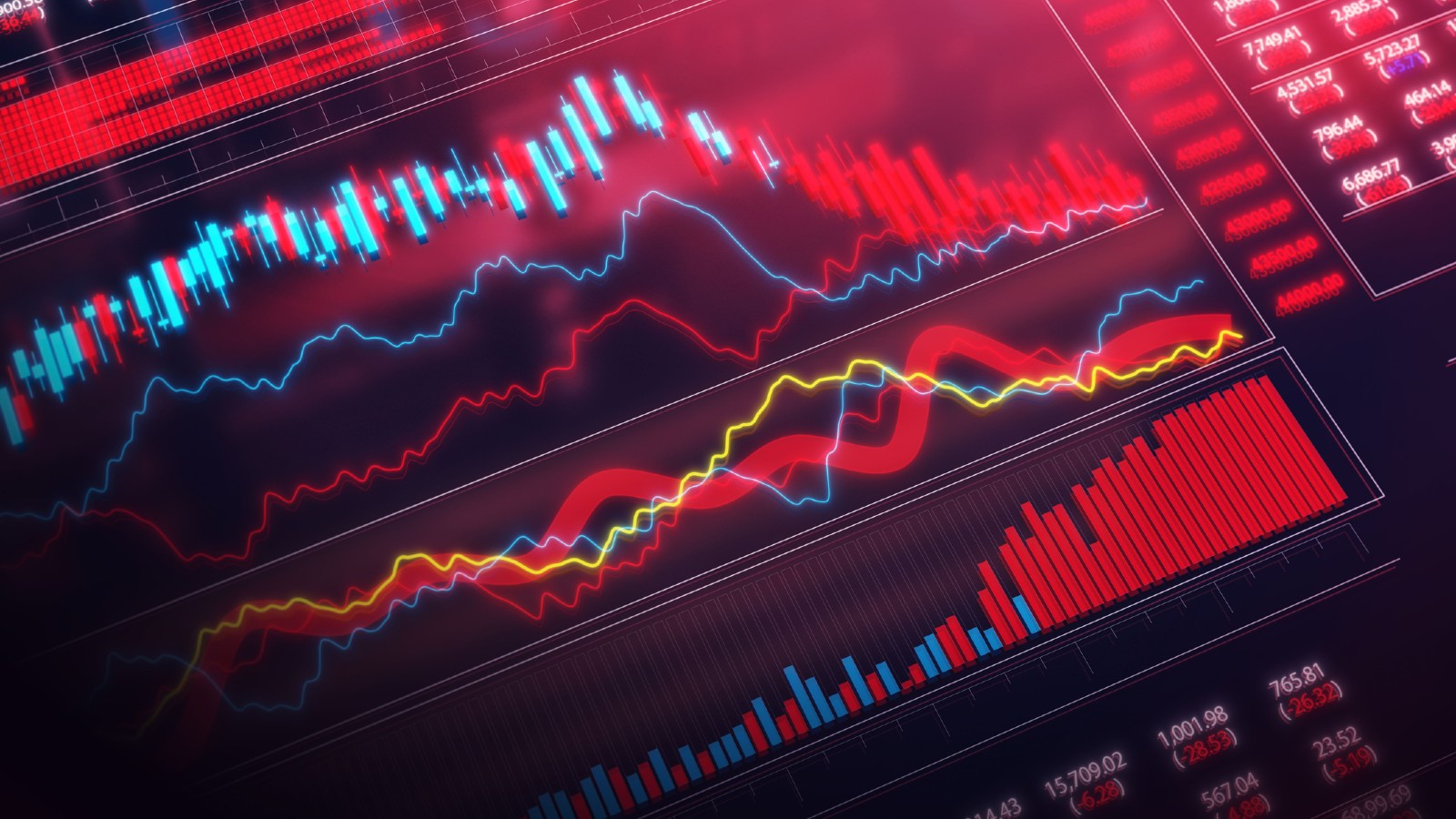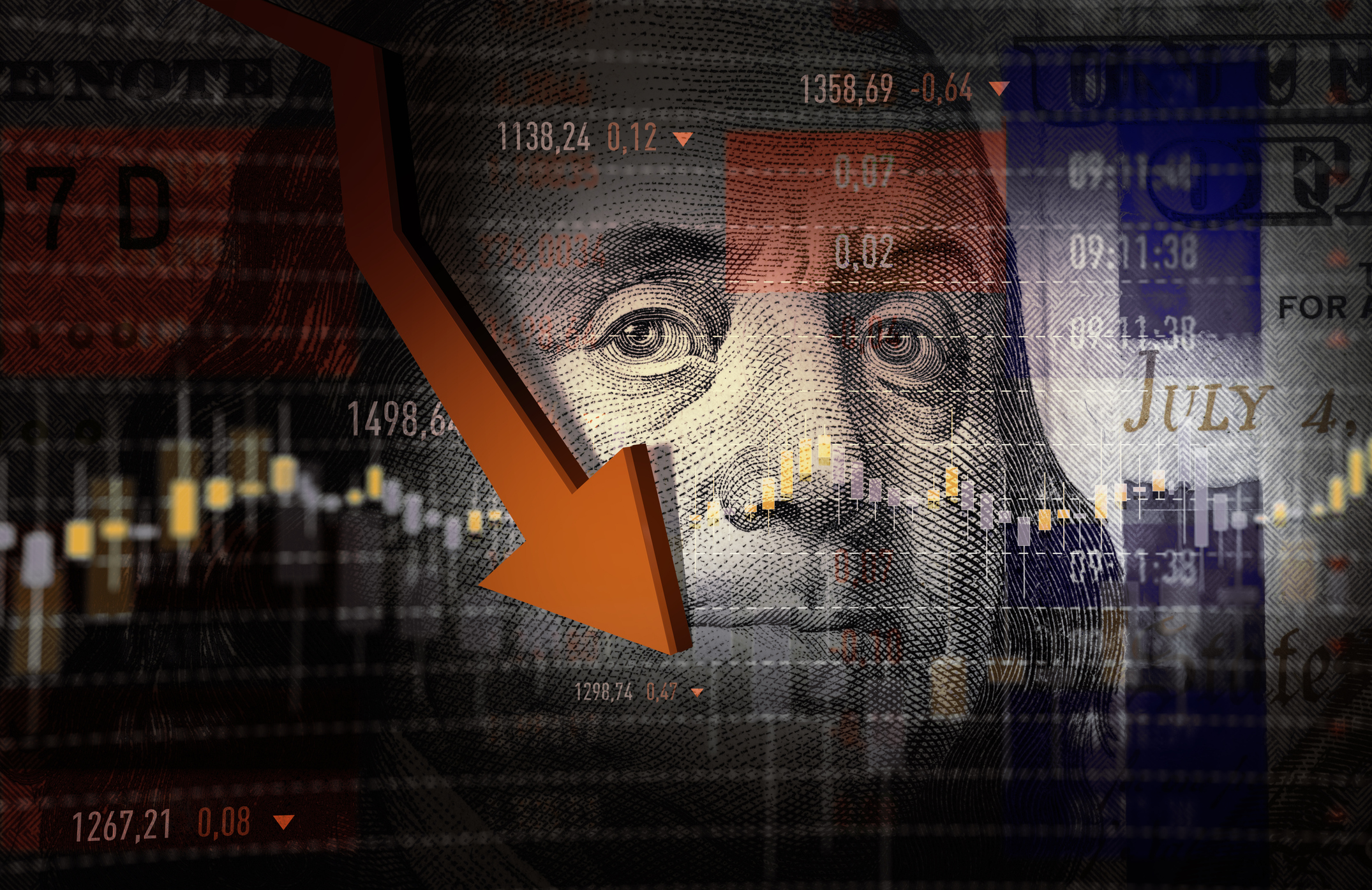16 Stock Picks With Staying Power
Standard & Poor's 500-stock index has never recorded a loss over any 20-year period.


Call him Ishmael. On New Year’s Eve, 1948, he is born at Mercy Medical Center in Des Moines. Ishmael’s parents scrape together a “pre–nest egg” of $3,000 out of savings and gifts from relatives. They invest the money in a mutual fund called Lexington Corporate Leaders, which has a portfolio assembled to reflect America’s industrial economy. When Ishmael is 12 years old, his parents tell him about the account but make him promise not to touch the proceeds until the last day of 2008, when he’s 60.
As it turns out, a severe bear market makes it a lousy time to crack open a nest egg; the market plunges 37% that year. Still, our New Year’s Eve baby does awfully well. Despite the turmoil, Ishmael’s stake grows to a bit more than $1.3 million. Today, thanks to the bull market that began in March 2009, the original $3,000 investment is worth more than $3.7 million. And those figures reflect the impact of a stiff front-end sales charge.
Ishmael is fictional, but his investing results are well within the realm of possibility. Professor Jeremy Siegel, of the University of Pennsylvania’s Wharton School, wrote an important book in 1994 titled Stocks for the Long Run. It made the case for long-term stock investing by showing that over lengthy periods, diversified stock portfolios consistently earned substantial profits. That’s still true. Between 1926 and 2016, there have been 72 periods of 20 calendar years (that is, December 31, 1925 to December 31, 1945; December 31, 1926 to December 31, 1946, and so on). Never has Standard & Poor’s 500-stock index or its large-capitalization predecessor recorded a loss over any of those 20-year stretches, and in more than half of them the average annual gain was in double-digit percentages.

Sign up for Kiplinger’s Free E-Newsletters
Profit and prosper with the best of expert advice on investing, taxes, retirement, personal finance and more - straight to your e-mail.
Profit and prosper with the best of expert advice - straight to your e-mail.
Reclusive star. Right about the time Siegel’s book came out, a woman named Anne Scheiber became a legend. Scheiber was a reclusive government lawyer who lived in a studio apartment and subsisted on a salary that never exceeded $3,150 a year. In 1944, at age 50, she pulled together $5,000 and invested it in stocks. She reinvested the dividends but added nothing more, and when she died in 1995, her portfolio was worth $22 million.
Unlike Ishmael, Scheiber bought individual stocks. For example, in 1950, she took some of her profits and bought 1,000 shares of Schering-Plough, a drugmaker, for about $10,000. And she held on. By 1995, those original shares had, through stock splits, become 128,000 shares worth $7.5 million.
According to her broker, Scheiber “focused on franchise names.” She owned Coca-Cola (symbol KO), Loews (L), PepsiCo (PEP) and the giant oil company that would eventually become ExxonMobil (XOM). She bought companies whose products she knew, and as an elderly woman, she knew pharmaceuticals, so she invested in Bristol-Myers Squibb (BMY) and Pfizer (PFE). Schering, by the way, merged with Merck (MRK) in 2009. (Stocks in boldface are those I recommend.)
Scheiber did well, but be aware that if you are investing for the very long term, buying individual stocks carries plenty of risk. Not many firms survive and thrive for half a century. Consider the history of the makeup of the Dow Jones industrial average. Of the original 12 components chosen by Charles Dow in 1896, only one remains intact: General Electric (GE). The rest? Well, have you heard of Laclede Gas or Distilling & Cattle Feeding Co. lately? The remaining 11 original Dow companies were liquidated or absorbed by other firms.
Since 1979, only five components besides GE have been part of the Dow consistently (that is, they have remained in the average without being taken off and put back in). They are ExxonMobil, IBM (IBM), Merck, Procter & Gamble (PG) and United Technologies (UTX). Changes to the Dow reflect the shifting nature of the economy as well as weakened prospects for individual companies.
The S&P changes for similar reasons, with about 20 companies dropping out and being replaced every year. An analysis in 2015 by Adam Parker, then a strategist at Morgan Stanley, found that half of the components had changed between 1999 and 2015. So when you buy an index fund—such as Vanguard 500 Index (VFIAX), a mutual fund that tracks the S&P 500, or SPDR Dow Jones Industrial Average ETF (DIA), an exchange-traded fund that mimics the Dow and goes by the nickname Diamonds—you are investing in a slowly changing portfolio.
Dogged persistence, however, can pay off. Ishmael’s old fund is now called Voya Corporate Leaders B (LEXCX). It began life in 1935 with a simple proposition: Start with 30 solid companies that have a good chance of surviving into the next century. Hold on to them unless they are merged out of existence or go bankrupt.
Corporate Leaders has an unusual portfolio today. The fund owns no technology stocks (tech represents 20% of the S&P) and no health care (14% of the S&P). Rather, it is heavy in basic materials and energy, together accounting for 36% of the fund’s assets, compared with 9% of the S&P.
Corporate Leaders has performed spectacularly well. Of the original 30 stocks, 21 have survived, including Dow Chemical (DOW), GE and P&G. Over the past 30 years, an investment in the fund sextupled. Over the past 15 years, Corporate Leaders earned an annualized 8.9%, compared with 7.8% for the S&P, and it ranked in the top 1% of its category, mutual funds that focus on undervalued large-cap stocks. (All returns are through May 31.)
One of the secrets of the fund’s success is low fees—just 0.59% a year for the no-load Class B shares. After all, there is no stock-picking manager to pay. But despite its benefits, Corporate Leaders remains nearly a backwater, with less than $1 billion in assets. It’s not really an index fund, and it lacks the popular appeal of a hot actively managed fund.
You can buy Corporate Leaders—as I strongly recommend—or an index fund that tracks the Dow or the S&P 500. Or you can try to construct a portfolio for the very long run on your own. Despite Corporate Leaders’ success, your portfolio should aim for better diversification by industry. I suggest that you hold 15 to 30 large companies that you believe will last into the next century, the same way most of the original firms in Corporate Leaders survived to this one.
No one knows the future. But you should look for large firms with strong brands, solid balance sheets and a track record showing the ability to adapt. The Dow itself is the best place to start, and I would choose American Express (AXP), Boeing (BA), Johnson & Johnson (JNJ), Microsoft (MSFT) and Visa (V), plus some of those companies that have been in the index since 1979, including GE, IBM and P&G.
In addition to Microsoft, I would choose Google parent Alphabet (GOOGL), Amazon.com (AMZN), Facebook (FB) and Netflix (NFLX) for exposure to technology. But I would not include Apple (AAPL), the largest stock in the world by market cap, because it is too dependent on one product. I would own at least one large energy company, one additional drug company and a few consumer-products firms, but no retailers except Wal-Mart Stores (WMT) and no banks. The outlook for retail and finance is too uncertain.
But the key to success is not what you own; it’s how long you own it and whether you get destroyed by high fees. The great lesson of Corporate Leaders is that you should pay minimal expenses and never sell. Never. The only way for most of us to gain the discipline to persevere in tough times is to stick to that mantra rigorously and even mindlessly. The stock market presents you with a difficult challenge: holding on through thick and thin. But if you meet that challenge, then, like Ishmael and Anne Scheiber, you stand a good chance of coming out a massive winner.
James K. Glassman, a visiting fellow at the American Enterprise Institute, is the author, most recently, of Safety Net: The Strategy for De-Risking Your Investments in a Time of Turbulence. Of stocks cited here, he owns Amazon.com.
Get Kiplinger Today newsletter — free
Profit and prosper with the best of Kiplinger's advice on investing, taxes, retirement, personal finance and much more. Delivered daily. Enter your email in the box and click Sign Me Up.

-
 The AI Doctor Coming to Read Your Test Results
The AI Doctor Coming to Read Your Test ResultsThe Kiplinger Letter There’s big opportunity for AI tools that analyze CAT scans, MRIs and other medical images. But there are also big challenges that human clinicians and tech companies will have to overcome.
By John Miley Published
-
 The Best Places for LGBTQ People to Retire Abroad
The Best Places for LGBTQ People to Retire AbroadLGBTQ people can safely retire abroad, but they must know a country’s laws and level of support — going beyond the usual retirement considerations.
By Drew Limsky Published
-
 5 of Warren Buffett's Best Investments
5 of Warren Buffett's Best InvestmentsWarren Buffett has had plenty of wins throughout his decades of investing. Here, we highlight five of Buffett's best investments.
By Kyle Woodley Published
-
 Stock Market Today: Markets Reflect Elevated Uncertainty
Stock Market Today: Markets Reflect Elevated UncertaintyInvestors and traders as well as CEOs and central bankers continue to adjust to a new administration in Washington, D.C.
By David Dittman Published
-
 Is Coca-Cola Stock Still a Buy After Earnings?
Is Coca-Cola Stock Still a Buy After Earnings?Coca-Cola stock is higher Tuesday after Warren Buffett's favorite soft drink maker beat expectations for its fourth quarter. Here's what you need to know.
By Joey Solitro Published
-
 Stock Market Today: Stocks Start the New Year With a Hangover
Stock Market Today: Stocks Start the New Year With a HangoverEquities continued their post-holiday slide as investors fled risk assets.
By Dan Burrows Published
-
 Stock Market Today: Dow Dives 1,123 Points After Fed
Stock Market Today: Dow Dives 1,123 Points After FedMarket participants reacted predictably to a well-telegraphed hawkish turn by the Federal Reserve.
By David Dittman Published
-
 Why Is Warren Buffett Selling So Much Stock?
Why Is Warren Buffett Selling So Much Stock?Berkshire Hathaway is dumping equities, hoarding cash and making market participants nervous.
By Dan Burrows Published
-
 Stock Market Today: Mixed Earnings, Election Worries Weigh on Equities
Stock Market Today: Mixed Earnings, Election Worries Weigh on EquitiesA mixed batch of corporate reports and rising election anxiety led to another down day for stocks.
By Dan Burrows Published
-
 Coca-Cola Stock Is Lower Despite Its Earnings Beat. Here's Why
Coca-Cola Stock Is Lower Despite Its Earnings Beat. Here's WhyCoca-Cola stock is lower Wednesday even after the soft drink maker reported better-than-expected Q3 earnings and revenue. Here's what Wall Street has to say.
By Joey Solitro Published